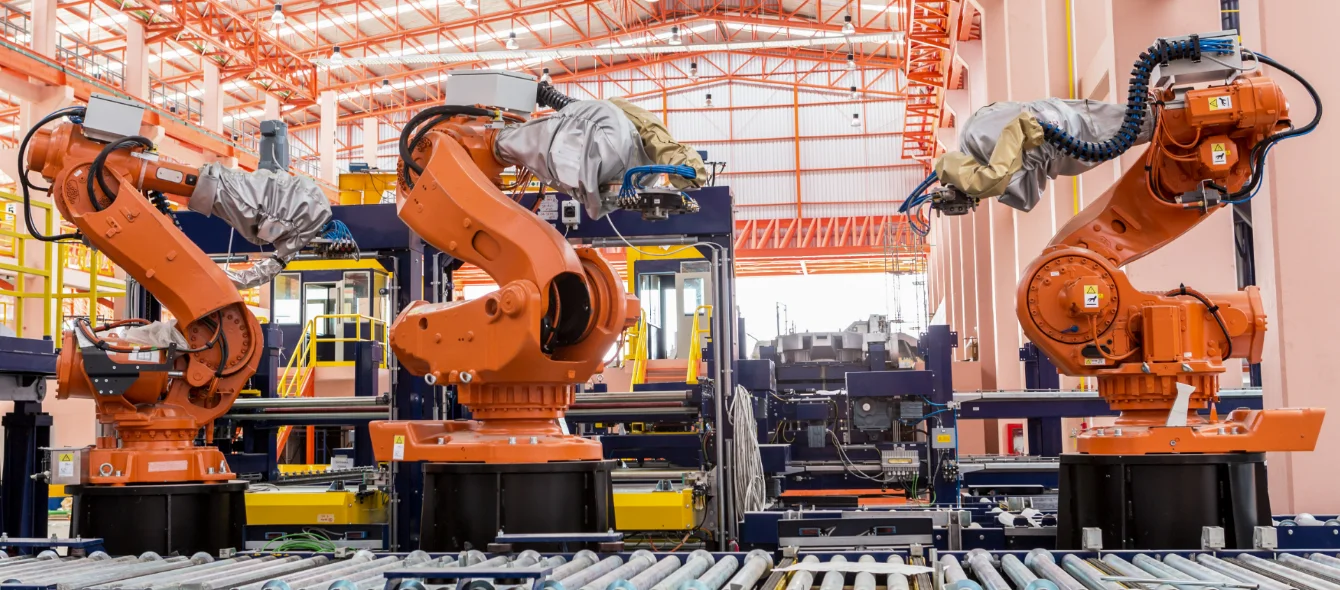Based on the latest available data, German industry is the nation’s second-largest emitter of greenhouse gases behind the energy sector. In turn, this means that the sector can make a major contribution to carbon neutrality if it succeeds in drastically reducing carbon dioxide emissions. On commission from the German Ministry for Economic Affairs and Climate Action, the Fraunhofer Institute for System and Innovation Research ISI explored what this could look like in practice.
Researchers compared several approaches to decarbonising industry in the project entitled Long-Term Scenarios for the Transformation of the German Energy System (Link in German) and found that several routes can reach the desired destination.
The experts modelled the effects of switching to carbon-neutral fuel and processes in three scenarios.
The first option is far-reaching electrification combined with hydrogen usage wherever purely electric solutions are not feasible. In the chemical industry, for instance, hydrogen is used as a raw material to produce methanol and ammonia.
The second approach involves a widespread switch to hydrogen. This energy source is also used as a raw material and replaces fossil fuel and commodities.
The third scenario explores the use of carbon-neutral natural gas on the basis of electricity from renewables known as Power-to-Gas, (PtG) and Power-to-Liquid technology. It can be blended into the natural gas network in increasing amounts, eventually replacing it entirely. The methane can also be used as an energy source and raw material.
Additional accompanying measures include an ambitious entry into the realm of energy and material efficiency as well as progress in the circular economy. Calculations have the industrial sector reducing greenhouse gas emissions by some 97 percent on all three paths by 2050 compared to 1990, which is the reference year. The remaining amount of carbon dioxide is generated by industrial processes and would have to be offset by negative emissions in order to achieve full carbon neutrality. The milestone of halving carbon dioxide emissions by 2030 would also be passed in all three scenarios.
However, the study does not account for the stricter climate goal set for industry by the amendment to Germany’s Climate Protection Act in 2021. The authors believe that measures would have to go even farther to achieve the 58 percent emission reduction by 2030 and carbon neutrality by 2045 envisaged by the modified law.
Energy system on the brink of transformation
All three scenarios involve a radical transformation of the entire energy system. Total energy consumption drops by 19 percent (TN-PtG/PtL) and 24 percent (TN-Electricity) by 2050 relative to the reference year 2015. This is primarily driven by efficiency enhancements, with energy efficiency improving by 36 percent (TN-PtG/PtL) and 40 percent (TN-Electricity).
Substantial investment in new technologies required
Across the board, the transformation is extremely costly. Expenditure on infrastructure expansion and conversion as well as on energy sources clearly exceeds that on converting industrial plants themselves. According to the study, costs will total just under 60 billion euros (TN-Electricity and TN-H2) and nearly 65 billion euros (TN-PtG/PtL). Whereas TN-Electricity and TN-H2 require massive infrastructure expansion and extensive modifications to numerous assets, TN-PtG/PtL would face the cost of carbon-neutral natural gas – an extremely expensive source of energy.
No matter whether the end game is a fuel switch, for example to PtG, or a complete process conversion, for instance to electricity, for the mass production of steel, cement and chemicals, technological innovation is extremely important. The study’s authors underscore that solutions that are currently being developed must also be implemented to ensure the transition to sustainable industry, as they claim that this is imperative to mastering the challenges in every branch of industry.
